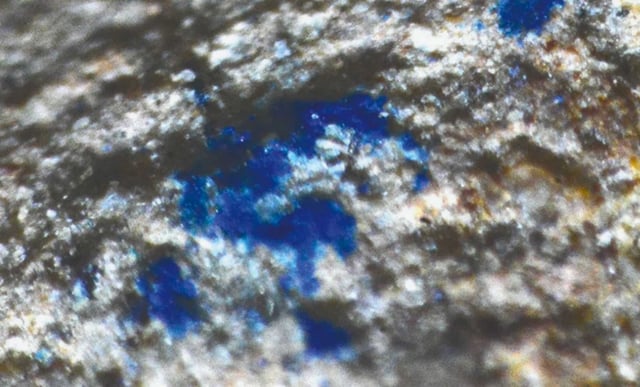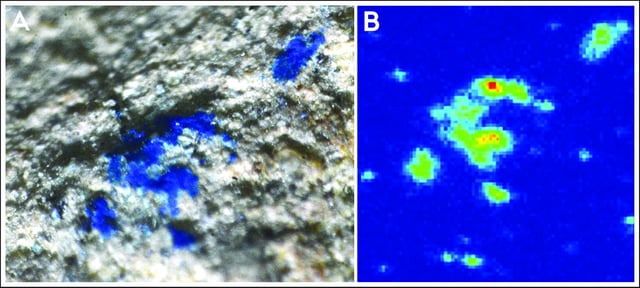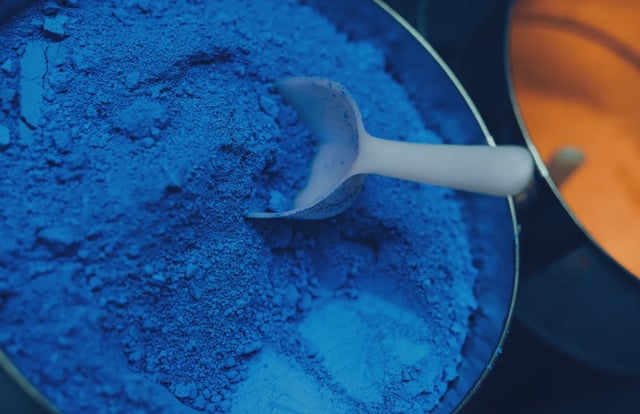Overview
- Advanced microanalytical methods, including PIXE, identified the residue as the copper mineral azurite.
- The concave stone, long catalogued as an oil lamp, is now interpreted as a pigment-mixing palette.
- The team proposes that blue was applied to bodies, textiles or wood, helping explain its absence from surviving Paleolithic art.
- Local Rhine–Main geology with copper-bearing rocks supports intentional collection rather than accidental contamination.
- The peer-reviewed study, led by Aarhus University with European collaborators, was published in Antiquity and sits among the oldest known uses of true blue globally.



